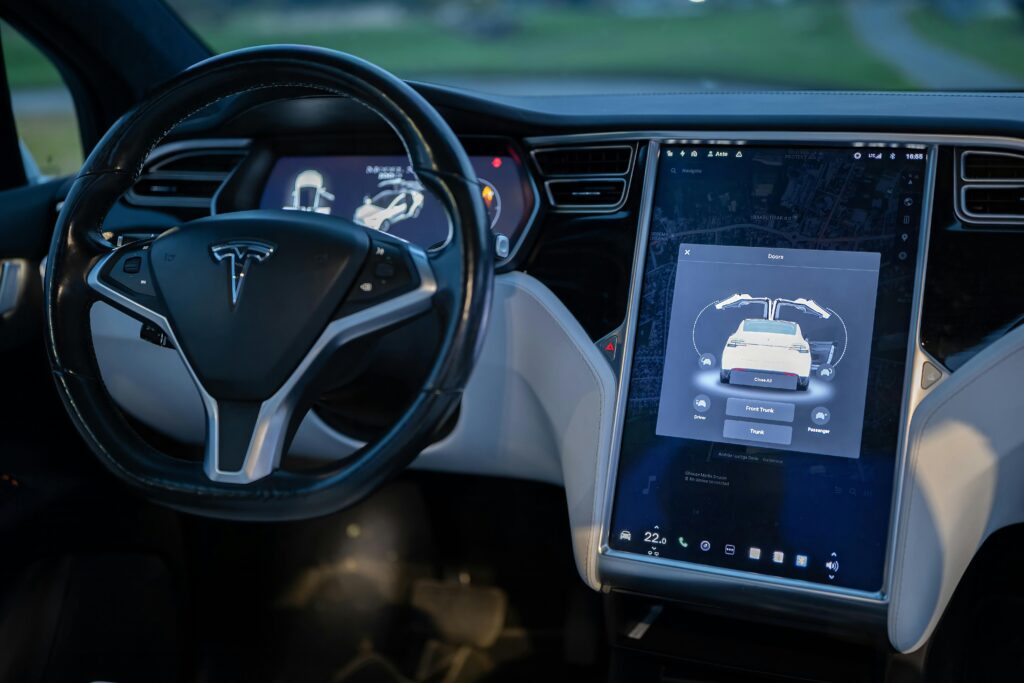
The year 2025 indicates the sky is the limit for mobility and automotive advances. The expectations for self-driving cars are no longer just in the realm of science fiction or technology trade show demonstrations; they are entering the fast lane of expectations. However, with these advances, there comes a host of questions, in particular, are our roads, laws, and society ready for autonomous vehicles? And, in a more complex, glaringly philosophical question, are we ready to get out of the driver’s seat?
The Technology: Smarter Than Ever
A great deal has shifted with autonomous vehicle (AV) technologies in the last decade. Notably, with the advances in machine learning, sensor fusion, and real-time data, cars can now perceive their surroundings with detail and pace exponentially faster than human beings. LiDAR, radar, camera systems, and neural networks are now working together in ways that identify pedestrians, recognize traffic signs, make decisions instantaneously, and much, much more. There have been some household names along the way, of course.
Tesla, Waymo, and NVIDIA, which have made headlines for their unique approaches to AV technology—Tesla is AI-centric and camera-centric; Waymo is highly sensor-oriented; and NVIDIA has provided the high-performance computing systems that have stimulated much of the AV technology advancements in the last decade.
Infrastructure: Not Quite There Yet
When you look at the great technological innovations, our infrastructure is lagging behind. Today’s roads are designed for human drivers, not smart machines. Lane markings are erratic, traffic signals are often outdated, and road conditions can be unpredictable challenges for even the most sophisticated autonomous systems. In rural and less developed areas, the situations are further compounded because with unreliable digital maps and no 5G capability, AV reliability is hamstrung. Governments are beginning to catch up.
Several cities have implemented smart traffic signals and designated vehicle lanes specifically for AVs; however, in order to devise a more comprehensive approach to AVs, we will need to invest in new smart infrastructure. The question is whether we can not only change the roads but whether we will prioritize the time and money to change them.
Legal & Ethical Frameworks: A Work in Progress
A Work in Progress One of the trickiest topics surrounding autonomous vehicles is not technical—it’s legal. Who is liable? In the event of a crash, who is at fault? How must AVs be programmed when faced with moral dilemmas, such as in the case of the trolley problem? There are no simple solutions to these questions.
Regulatory environments can differ in great ways in different countries and even states. Some regions of the world have embraced AV testing with open arms, while others are still cautiously noncommittal. For example, the NHTSA (National Highway Traffic Safety Administration) in the US has issued guidance, but they are not yet mandated performance measures. Until there is some uniformity in standards across state lines, the legal facets of AVs will continue to be an indistinct, cloudy road to travel on.
Public Perception: Trust Is the Final Barrier
Even while it may be hard to internalize, this is a psychological leap that a lot of individuals are not ready for. People are not yet ready to trust a machine with their lives. A majority of respondents to a survey stated they are skeptical of self-driving cars because they are unsafe and unreliable. Because of several high-profile events and fatalities with AVs, suspicion continues to grow about AVs even when human error was present. Gaining the public’s trust will require far more than just shiny pre-recorded demonstrations or happy press releases; it will take transparency, education, and a proven track record of safety and reliability for autonomous vehicles.
Before people can trust autonomous vehicles, they need to see autonomous cars merge into and out of the flow of real-life traffic-without incident, among the chaos of operation, every single day calmly, competently, and reliably.
Economic & Social Impact: Disruption on the Horizon
If AVs continue to expand, it could be disruptive for many industries. @barrycjohnson states that the industry that will be disrupted will be the transportation industry, including trucking and ride-sharing. Millions of driving jobs could also be lost, which raises a question about unemployment and economic displacement.
On the other hand, AVs could provide new opportunities. Mobility could be enhanced for the elderly and disabled, congestion could be improved, and energy consumption and emissions could be lowered by driving more efficiently. And reinvent urban design by removing existing parking lots, thus creating green space.
Conclusion: A Cautious Acceleration
Are we ready? I think we are closer and farther away from self-driving cars (or autonomous vehicles) in 2025! Technically, when you look at the computer algorithms and environmental sensors, we are more ready than we have ever been. The machine is learning, the sensors are sensing, and the algorithms are improving. But is our readiness solely based on their technologies? No. We need to consider infrastructure, law, trust, and our society’s adaptiveness.
There is a long-term highway of opportunity ahead. Maybe we should hesitate in reaching full autonomy. We need time to develop the hard questions and foundational principles while navigating towards a future of roads filled with both humans and machines – not just being safe but smart. It is clear: as we move into our autonomous future, points of uncertainty and new roadways will become available. Whatever the future holds, we will tip out of the operation as often as computed, smooth or bumpy, depending on how we decide today.